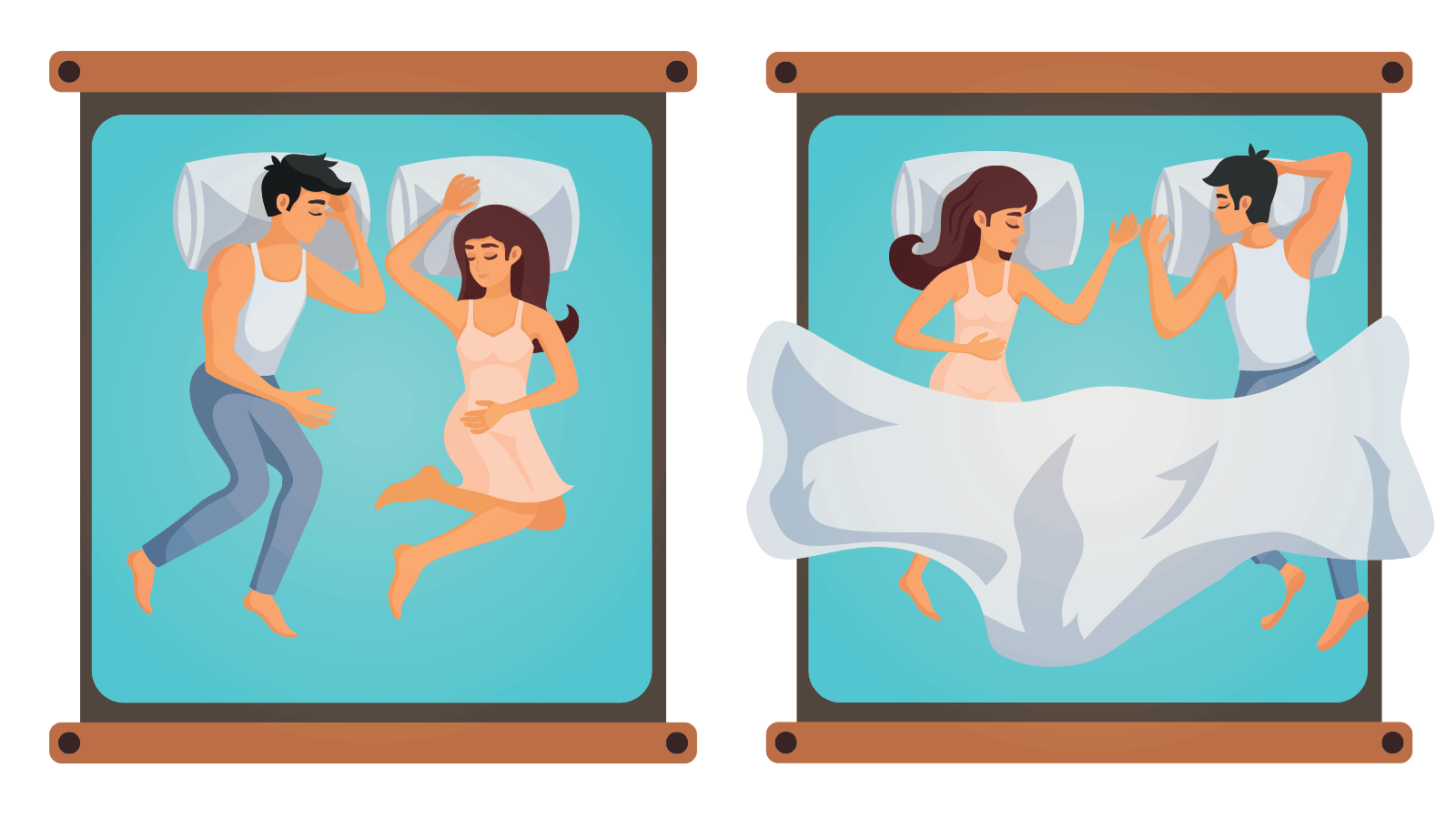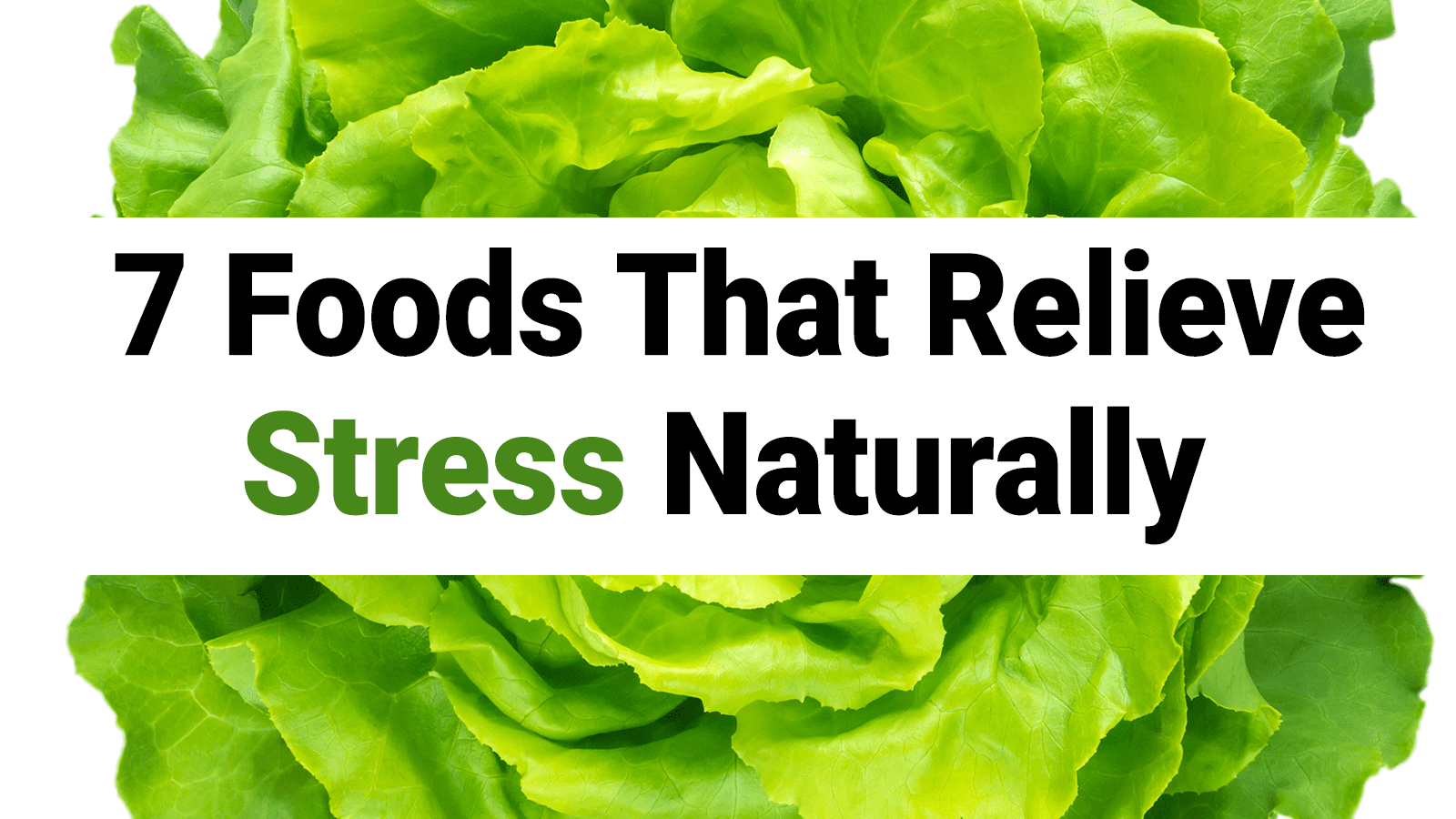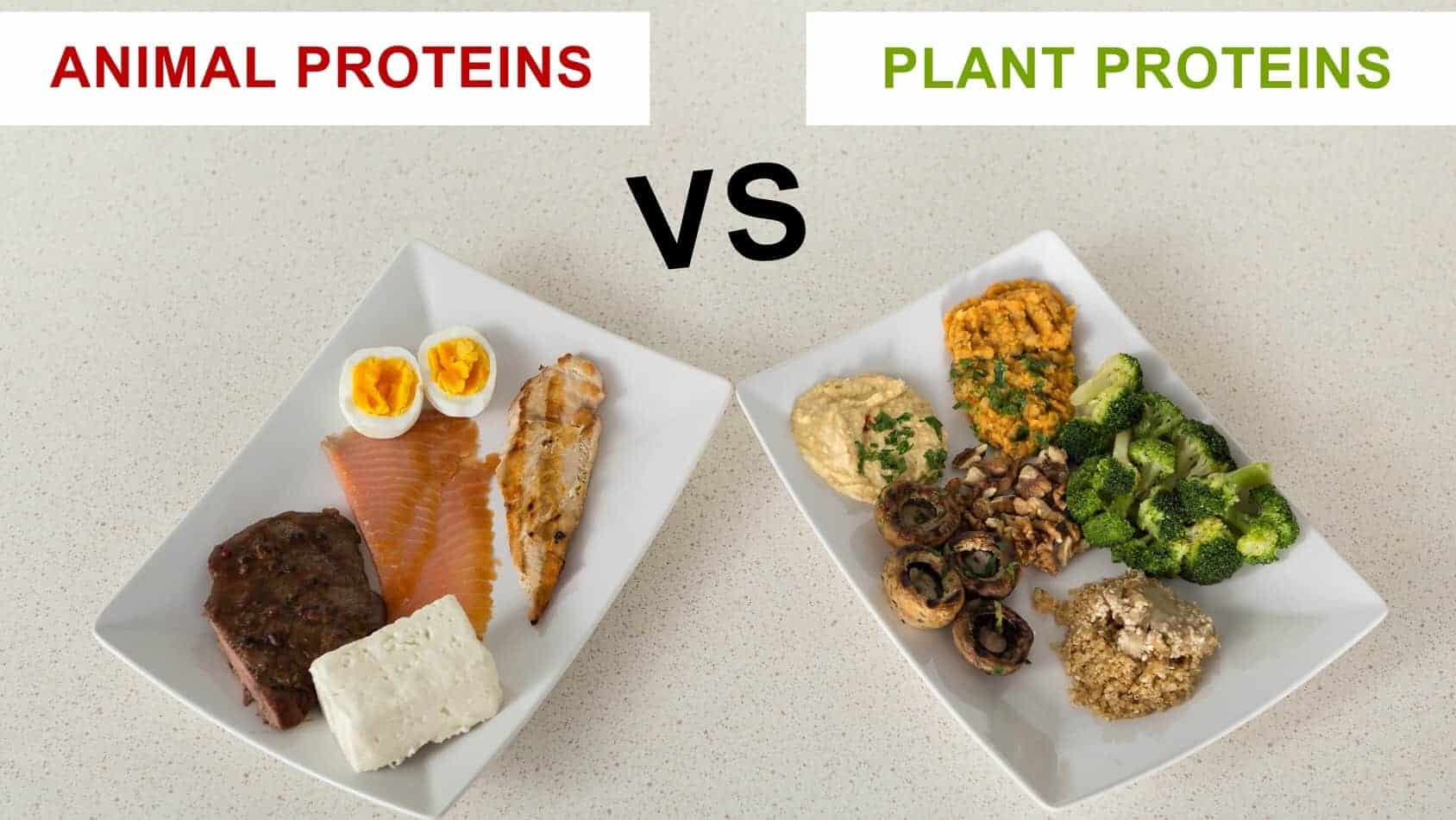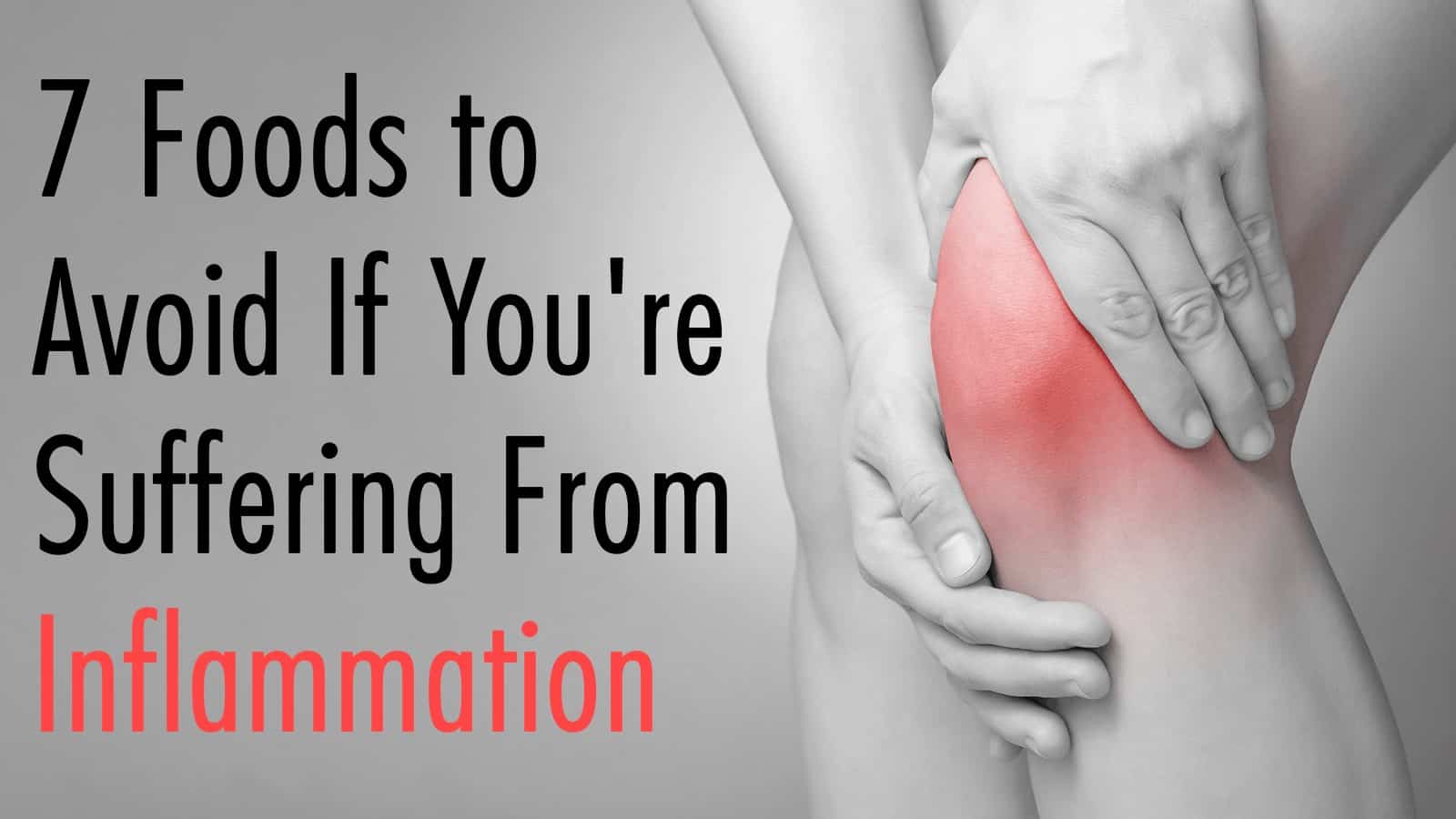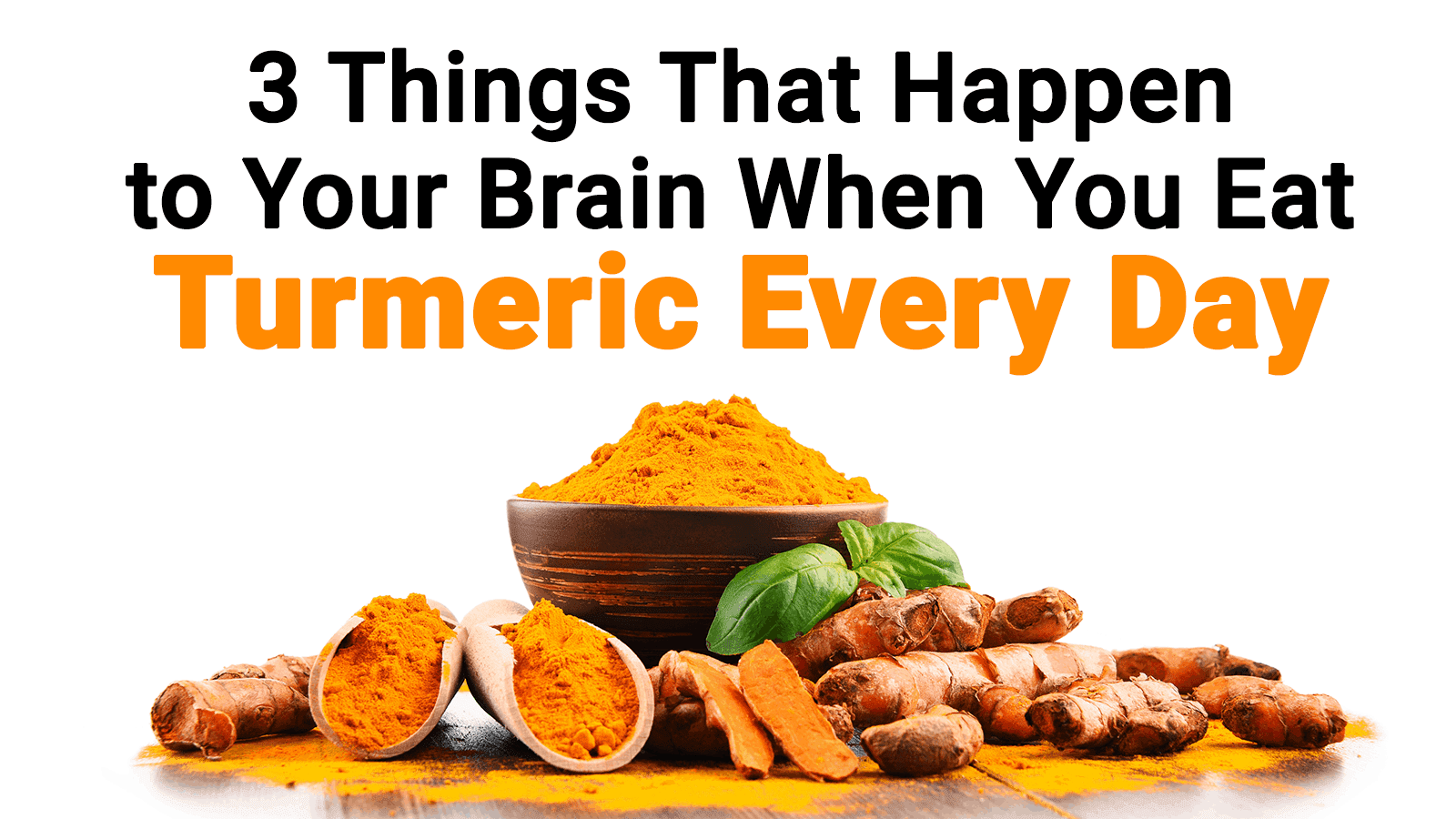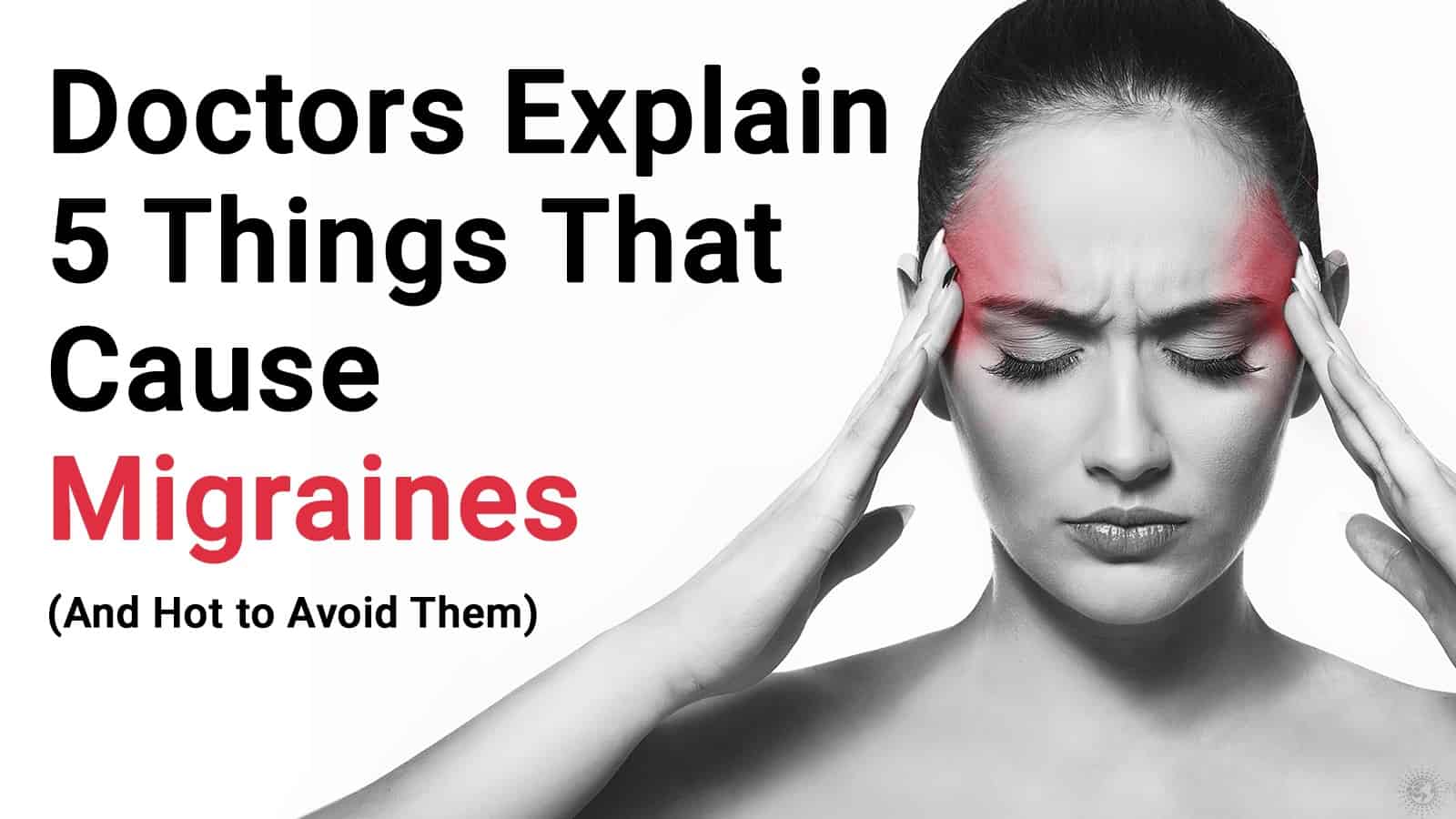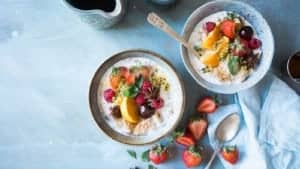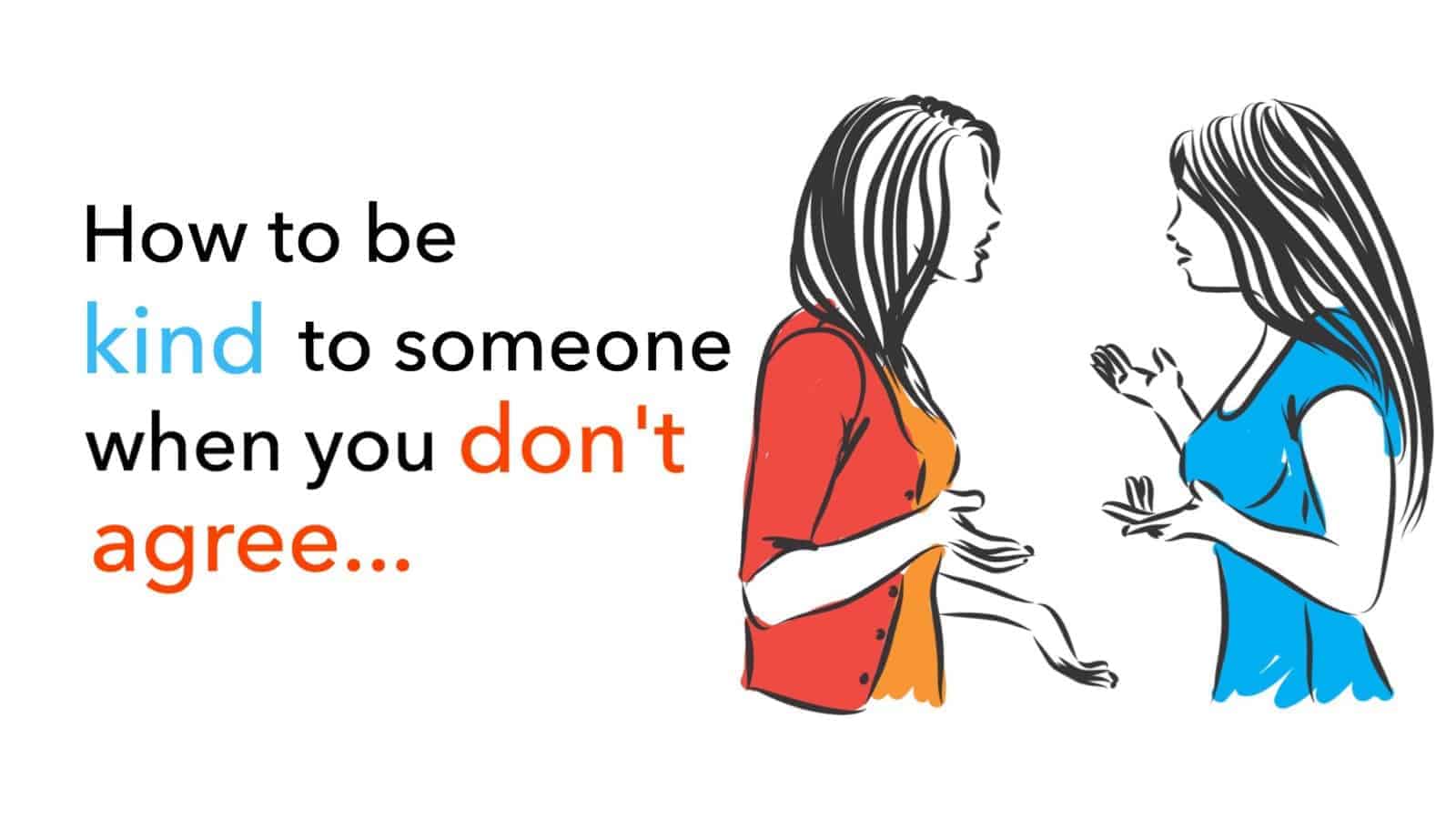You probably don’t pay much attention to your sleep positions at night. You might think there are more important things in a relationship than how you and your partner sleep together. And you would be right. However, you might be surprised to find out just how much the way you sleep can reveal about your love and relationship.
Why are sleep positions so revealing?
We do sleep together unconsciously; our subconscious minds often dictate our positions as we dream. In a way, our nocturnal body language is the most truthful one that we have. So, analyzing it can lead to fascinating results, especially because it showcases how well-matched your two personalities are.
Here are some of the most common couple sleep positions – and what they reveal about your love and relationships.
Here Are 8 Sleep Positions That Reveal A Lot About Your Love & Relationship
“During sleep, you cannot fake your body language. This is the time when you are honest, vulnerable and your sleeping position can reveal a lot about your relationship.” – Corrine Sweet
1. Zen style
Many people think minimal physical contact at night means a lack of closeness in a relationship. However, scientists have discovered it’s the exact opposite. If you sleep back to back or side by side, with only small parts touching each other, you feel like you’ve been together for a very long time. You’re completely comfortable around the other person, and you trust them explicitly – so much so that you’re okay with turning your back to them and still believing that you’re safe. Researchers point out that this is a common sleep position for new relationships and people who have been together for years.
2. Sleeping face-to-face
Unlike back-to-back sleeping, when you are sleeping together and face each other but don’t touch, this indicates a need for something more in your relationship. It’s a subconscious craving for more intimacy and communication through touch because even while asleep, you’re more or less begging your significant other for attention and closeness.
This isn’t necessarily worrying, as you can take some positive steps to bridge any gap between you to help you feel closer during the day. Sooner or later, that will also come through in your night sleeping.
3. Spooning
We tend to think of spooning as the most popular of sleeping positions, but you might be surprised to learn that actually only a fifth of couples spoon in bed. It’s much more common to spoon for a bit while awake and then change positions. That’s because people have different levels of comfort when it comes to sleeping together.
Not everyone is fully comfortable with so much physical contact with one another. Close spooning eventually turns into loose spooning as the relationship matures and your trust in one another grows.
4. The dominant
This is one of the sleeping positions that might indicate some trouble. Does your partner try to push you off the bed, steal your covers, or attempt to take up all the space? Then, it’s a subconscious fight for dominance.
This might indicate they feel like they should have more power in your relationship or that you have too much control. It’s something to watch out for. This behavior could lead to more serious problems regarding controlling behavior later on.
5. Completely tangled
It may seem romantic to spend the whole night in each other’s arms, but it rarely is. Research reveals that couples that sleep with every part of their bodies touching may be too dependent on one another. Even in sleep, you try to find the other person and feel like you need to be together all the time. This could be a problem when you’re awake, too, as you find yourself absorbed in your relationship and ignoring all other aspects of your life. It’s the first warning sign of problems to come.
6. The stargazer
One way to refer to the sleeping position is where one person is on their back, and another is pillowed on their shoulder. Normally, the person on the bottom is a more dominant personality. They see themselves as the foundation of the relationship, the stronger one.
The person on top is the clingier one, as they constantly need that support from their partner. It’s a good idea to try and switch up the roles in this sleeping position to see how you feel taking on a different position of power. If you are comfortable in both, that’s a good sign that you are needed just as much as you need your partner.
7. The tangled legs
Sometimes, you feel the need for that simple connection of your feet touching. This is a comfortable position for many couples as it accommodates people who like to sleep on their back, front, and side. Scientists claim that if your partner is playing footsie with you in their sleep, that means they are craving sexual intimacy. It’s also a sign that you two are so close that you look for each other subconsciously, even in your sleep.
8. Start with a tangle, end up back to back
Many couples start the night off completely tangled in one another but then gradually end up sleeping with their backs to each other, barely touching. Even if only eight percent of couples do this, it’s actually a sign of one of the most vital relationships out there. It means that you’re comfortable being intimate with one another, but you’re also okay with existing in your little world without being too dependent on your partner. It really is the best of both worlds and shows that you’ve reached a comfortable balance in your relationship.
Final Thoughts on Sleep Positions and the Health of Your Relationship
If you think that your sleep position might say something about your love and relationship that you don’t like, first of all: remember positive thinking. Then, try resolving it. Positive interactions during the day and thinking about how to improve any dependency issues can change your subconscious mind and slowly shift your sleeping position as time goes on.
Also, your sleep positions might not be up to you. Of course, if you have children or pets, you may have no choice but to find a position that’s comfortable for everyone. However, think about the ways you communicate with your significant other even when you’re asleep. Indeed, it may help show you whether you’ve found your perfect match in life.


